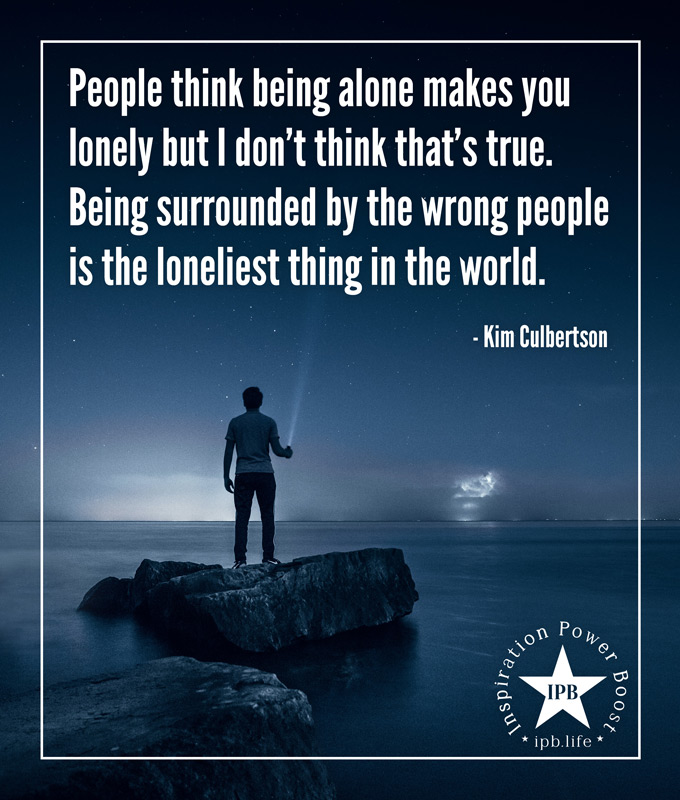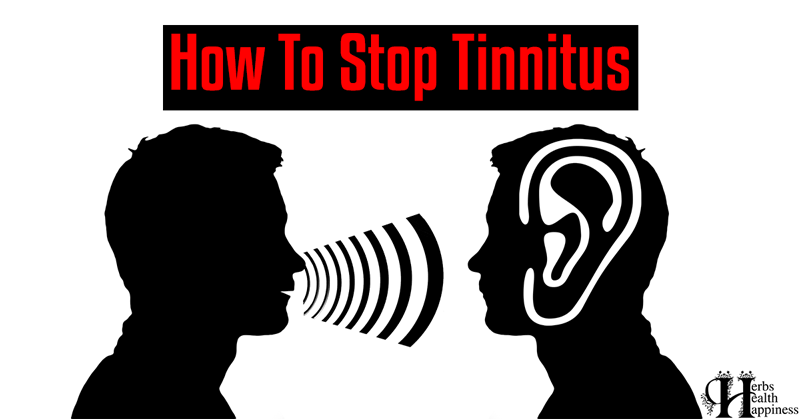
People Think Being Alone Makes You Lonely Graphic © inspirationpowerboost.com
“People think being alone makes you lonely but I don’t think that’s true.
Being surrounded by the wrong people is the loneliest thing in the world.” – Kim Culbertson
Understanding Solitude vs. Loneliness
We often equate being alone with loneliness. However, Culbertson challenges this notion, suggesting that loneliness is not about physical solitude but about emotional disconnect. Being alone offers a space for self-reflection and growth, whereas being with the wrong people can lead to a sense of isolation and emotional alienation. This distinction is crucial in understanding the true nature of loneliness.
Consider the artist who retreats to their studio, finding solace and inspiration in solitude. Or the writer who seeks the quiet of a secluded cabin to connect deeply with their thoughts. These scenarios depict solitude as a positive, enriching experience. In contrast, imagine being at a party surrounded by people yet feeling utterly disconnected and misunderstood. This is the loneliness Culbertson refers to – a state of being unseen and unheard despite physical proximity to others.
The Life and Insights of Kim Culbertson
Kim Culbertson is an author who has made a significant impact in the world of young adult literature. Her work is known for its insightful exploration of teenage life, emotions, and relationships. Culbertson’s writing is often praised for its authenticity and ability to resonate with both young and older readers, offering a window into the complexities and joys of growing up. Her works often explore the complexities of human connections, emphasizing the importance of authenticity and self-awareness. Culbertson’s own experiences and observations have significantly influenced her writings, making her a relatable and insightful figure in contemporary literature.
Born and raised in the United States, Culbertson’s passion for writing and storytelling was evident from a young age. She pursued her love for literature academically and professionally, which greatly influenced her career as a writer. Her educational background in English and her experience as a teacher have been instrumental in shaping her approach to writing. As an educator, Culbertson has had the opportunity to interact closely with teenagers, gaining a deep understanding of their worldviews, challenges, and aspirations. This direct connection with her audience has been a significant factor in the authenticity of her characters and stories.
Culbertson’s novels often tackle themes such as self-discovery, relationships, and the journey to finding one’s voice. Her characters are typically well-rounded and relatable, often facing dilemmas and experiences that are a direct reflection of real teenage concerns. Her ability to weave these themes into engaging narratives has garnered her a loyal readership and critical acclaim.
One of Culbertson’s notable works is “The Possibility of Now,” which showcases her skill in creating nuanced and compelling teenage characters. The novel explores themes of anxiety, academic pressure, and the journey to self-acceptance, all set against the backdrop of the modern high school experience. Her other works, such as “Instructions for a Broken Heart” and “Songs for a Teenage Nomad,” also reflect her talent for delving into the emotional landscapes of young adults.
In addition to her novels, Culbertson is also known for her contributions to anthologies and her insightful essays on education and writing. She is an advocate for the importance of young adult literature as a tool for empathy and understanding, often speaking about the role of stories in helping young people navigate their formative years.
Culbertson’s work extends beyond just her writing. She is actively involved in the literary community, participating in workshops, panels, and events that focus on young adult literature, writing, and education. Her commitment to her craft and her audience is evident in her continued efforts to engage, inspire, and empower young readers through her stories.
One lesser-known fact about Culbertson is her deep appreciation for nature, which she often finds solace in. This connection to the natural world reflects in her writings, where she frequently draws parallels between human emotions and natural landscapes. Her ability to find peace in solitude while also valuing genuine connections offers a balanced perspective on the human experience.
The Illusion of Belonging
The desire to belong can often lead individuals to forge connections with those who do not resonate with their true selves. This pursuit can result in relationships that are superficial and unfulfilling. The irony lies in the fact that in the midst of these connections, the feeling of being misunderstood or undervalued can evoke a deeper sense of loneliness than when one is physically alone.
Solitude, in contrast to loneliness, can be a powerful state of self-reflection and personal growth. When we choose to be alone, we provide ourselves the opportunity to introspect and connect with our inner selves. This self-connection can lead to a greater understanding of our needs, desires, and values, fostering a sense of completeness that no external company can provide.
Daily Affirmation
“I embrace solitude as a path to self-discovery and cherish genuine connections over mere physical presence.”
Reflective Quotes on Solitude and Connection
“Alone we can do so little; together we can do so much.” – Helen Keller
“The greatest thing in the world is to know how to belong to oneself.” – Michel de Montaigne
“The right to be alone—the most comprehensive of rights, and the right most valued by civilized man.” – Louis D. Brandeis
“Loneliness is the poverty of self; solitude is the richness of self.” – May Sarton
“We are born alone, we live alone, we die alone. Only through our love and friendship can we create the illusion for the moment that we’re not alone.” – Orson Welles
😳 What Tinnitus Does To Your Brain Cells (And How To Stop It)
After 47 years of studies and countless brain scans done on more than 2,400 tinnitus patients, scientists at the MIT Institute found that in a shocking 96% of cases, tinnitus was actually shrinking their brain cells.
As it turns out, tinnitus and brain health are strongly linked.
Even more interesting: The reason why top army officials are not deaf after decades of hearing machine guns, bombs going off and helicopter noises…
Is because they are using something called "the wire method", a simple protocol inspired by a classified surgery on deaf people from the 1950s...
This Crazy Off Grid Device Literally Makes Drinkable Water From Fresh Air:
According to NASA, the U.S. is expecting a 100-YEAR LONG MEGADROUGHT.
It's already begun. Ask the farmers in California. They know.
Every survivalist knows that water is of critical importance. You NEED an independent water source that you can count on!
As an interesting "survival rehearsal" - imagine that you turned the tap on right now and nothing came out. How long would you last?
But what if there was another water source literally hidden in plain sight? That's right, I'm talking about the atmosphere!
The amazing thing about getting water from the natural moisture in the air... is that it is ALWAYS available.
This gives you real water security!
Learn more about how to tap into "Nature's secret water reservoir" and stay hydrated when TSHTF!
Watch the video:
Most People Don't Have The Guts To Try This:
An amazing discovery in an abandoned house in Austin, Texas: A lost book of amazing survival knowledge, believed to have been long vanished to history, has been found in a dusty drawer in the house which belonged to a guy named Claude Davis.
Remember... back in those days, there was no electricity... no refrigerators... no law enforcement... and certainly no grocery store or supermarkets... Some of these exceptional skills are hundreds of years of old and they were learned the hard way by the early pioneers.
>> Click here to find out about them now
We've lost to history so much survival knowledge that we've become clueless compared to what our great grandfathers did or built on a daily basis to sustain their families.
Neighbors said that for the last couple of years Claude has tried to unearth and learn the forgotten ways of our great-grandparents and claimed to have found a secret of gargantuan proportions. A secret that he is about to reveal together with 3 old teachings that will change everything you think you know about preparedness:






